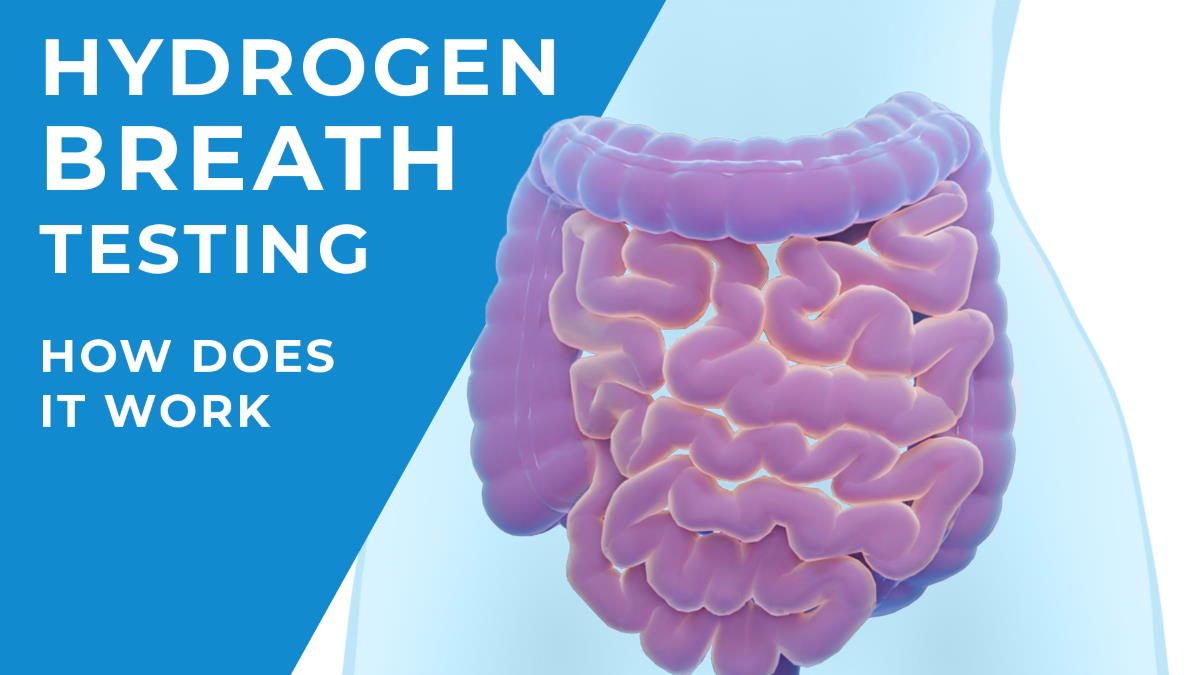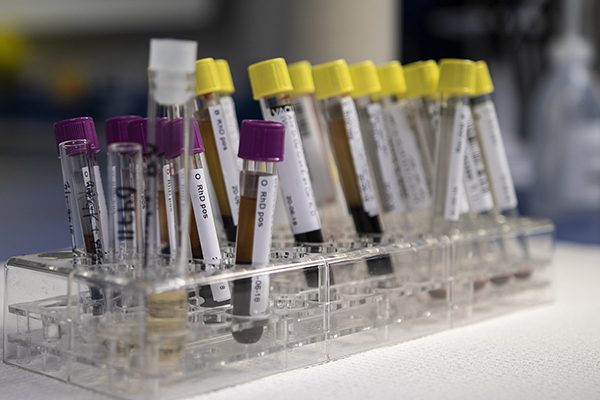Having spent the last year and a half working in a digestive health company, I’ve learned a thing or two (or 10) about FODMAPs. These fermentable carbohydrates can have a profound impact on what many people consider eating. They can also cause people to forgo eating many of the delicious foods they love.
Like many others, I also have an issue with a FODMAP found in many of the things I love: lactose! Lactose is a FODMAP found in many delicious treats derived from milk, such as many types of cheese, ice cream, and yogurt. As a great lover of the aforementioned goodies, being lactose intolerant is a bummer. However, through testing with my FoodMarble AIRE, I have figured out my personal tolerance level for lactose and can adjust my diet accordingly.
What is Lactose?
Lactose is a carbohydrate that we typically do not have a problem with as newborns and throughout our infancy. As we age however, many of us experience reduced production of lactase, the enzyme that specifically breaks down lactose. For those of us with lactose intolerance, this lack of lactase is where our problems begin. Lactose is found in dairy foods like milk and cream and can also sometimes be added to processed foods such as flavourings on potato chips.
Examples of foods containing lactose
- Milk – 200ml serving is high FODMAP
- Cream – 40g serving is low FODMAP
- Butter – 15g serving is low FODMAP
- Ice-cream – 90g serving is a moderate FODMAPs
- Cheddar cheese – 40g serving is low FODMAP
- Feta cheese – 40g serving is low FODMAP
- Halloumi cheese – 40g serving is low FODMAP
- Custard – 100g serving is high FODMAP
How is lactose digested?
Normally, lactase enzymes go to work once lactose is detected in the small intestine – breaking lactose into galactose and glucose. The glucose is readily absorbed in most cases, and galactose is further broken down by lactase and other helpful enzymes.
What are the common symptoms associated with poor digestion of lactose?
Some people don’t produce enough lactase to break down all of the lactose they consume. Anything that was not broken down or absorbed in the small intestine is moved into the colon (large intestine) where fermentation begins, and could lead to distressing symptoms.
Consuming an amount of lactose that exceeds our daily threshold can lead us to suffer from symptoms such as abdominal pain, bloating, flatulence, and diarrhea.
Can I test this myself?
If you suspect that you a malabsorption/ intolerance issue with lactose, I have outlined how you can use your FoodMarble AIRE to find out! Hydrogen breath testing with your FoodMarble AIRE is a quick, non-invasive way to assess your tolerance to lactose (and other FODMAPs!)
The easiest way to go about testing is to use the lactose sachet included in the FODMAP Programme. You can purchase sachets of FODMAPs from our website (sorbitol, lactose, fructose and inulin) to consume for the test. The FoodMarble app takes you through the whole test which lasts approximately three hours.
The FoodMarble AIRE Lactose Challenge
By navigating to the “Challenge” section of the app, you will be able to initiate the Lactose Challenge. The challenge will guide you through the process. First, you mix the lactose with water and consume. Then you measure your breath hydrogen levels every 15 minutes for the next three hours.
You may experience symptoms during the challenge, so if you suspect that you are definitely lactose intolerant, I would recommend doing it when you have easy access to a loo! It is important to assess your level of symptoms during and especially after the testing period. In many cases, an increase in breath hydrogen may occur before you experience symptoms. This is because it can take some time for the gases to build up.
There is a detailed blog on our website by my colleague Claire outlining the Lactose Challenge in detail.
If you have completed a lactose breath test and experienced symptoms, we recommend you repeat the test (when you have no symptoms) using a much lower dose, around 12g (most people can tolerate up to 12g of lactose in one sitting). Finding your tolerance level is key to maintaining a balanced and healthy diet.
Check out our other blogs about different FODMAPs:
Header image by Capri23auto from Pixabay
FoodMarble AIRE is the world’s first personal hydrogen breath tester. It is a pocket-sized breath analysis device. It helps people with chronic digestive issues determine the foods that work best with their digestive system. To learn more about FoodMarble, visit foodmarble.com or follow us on









